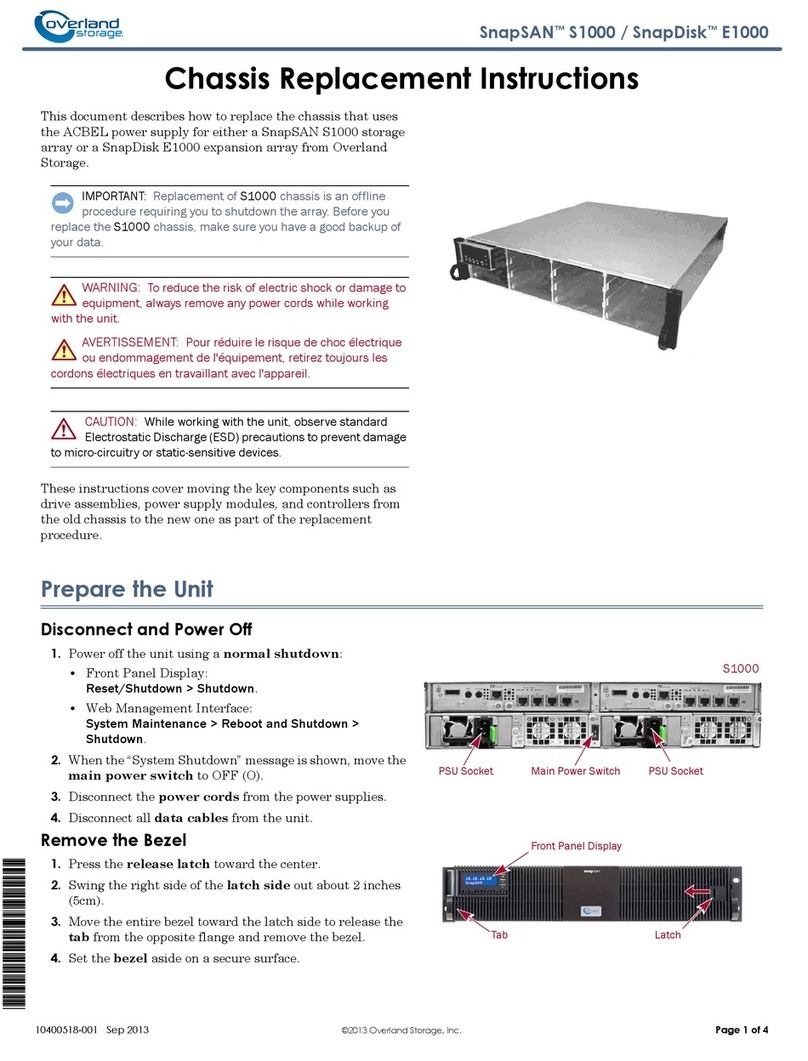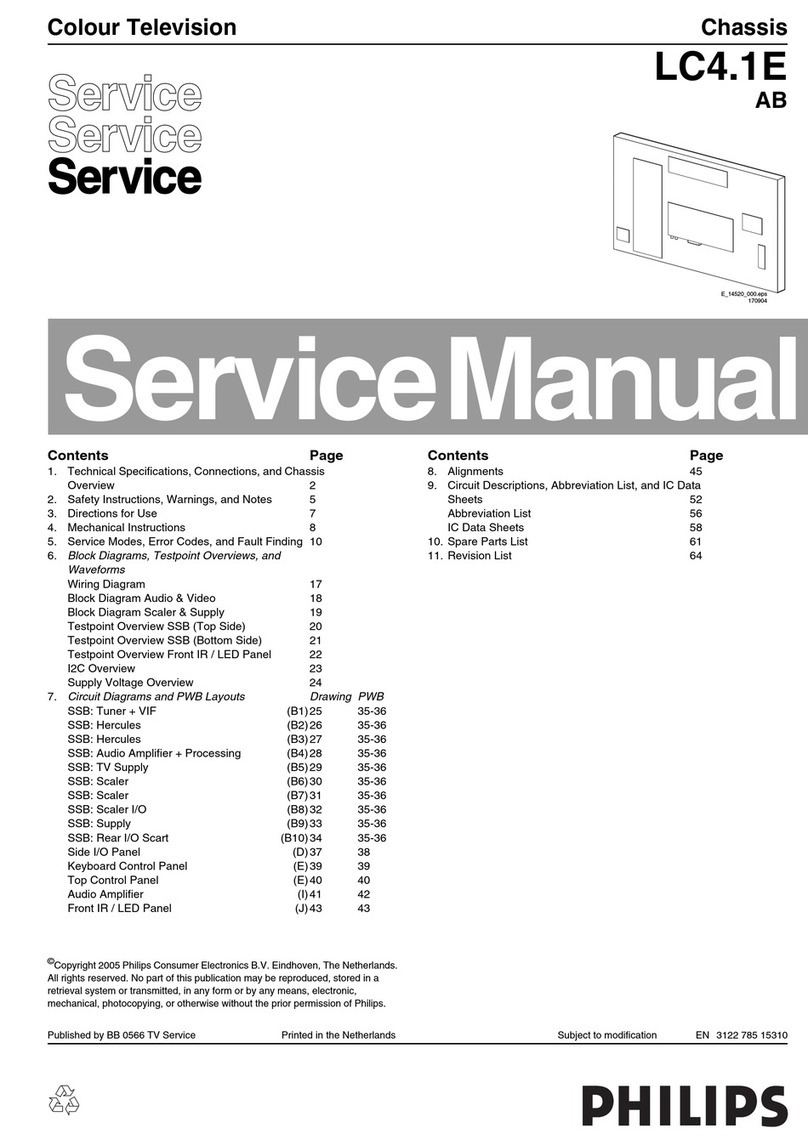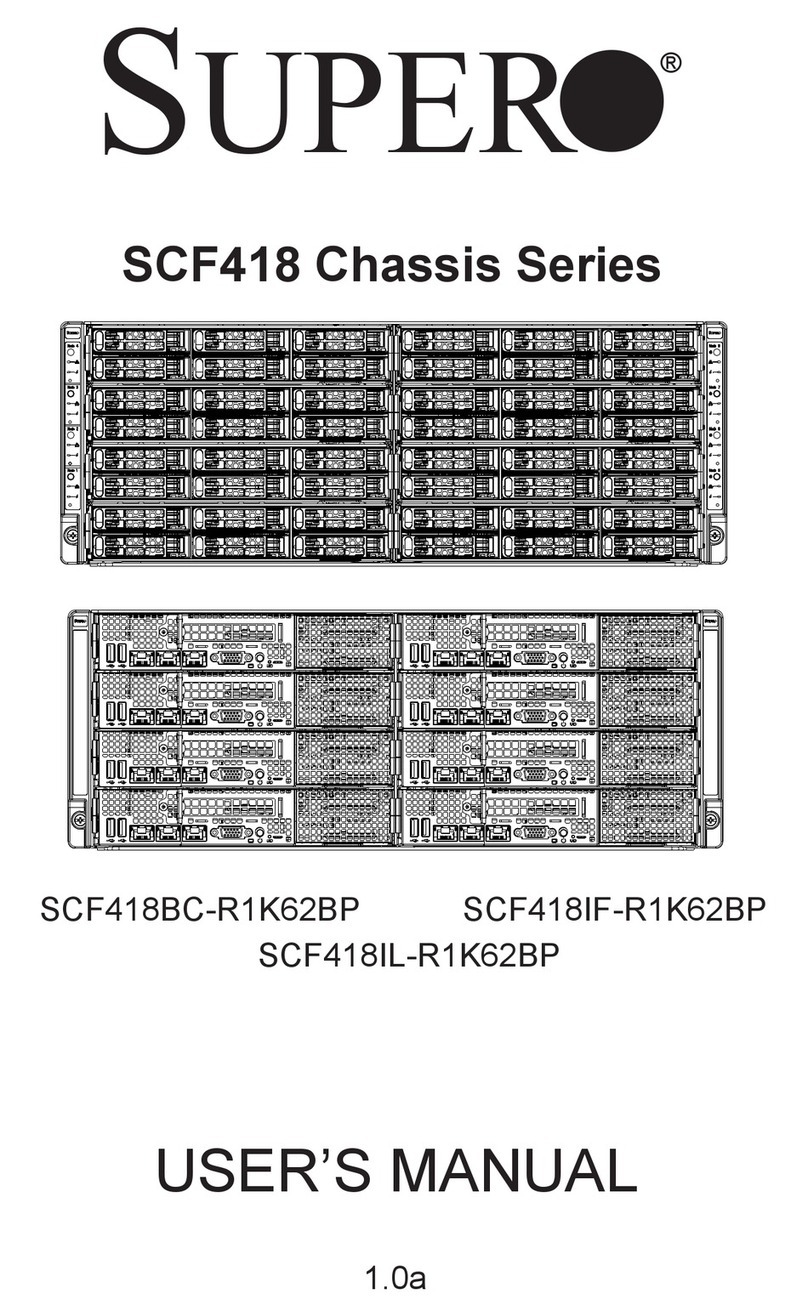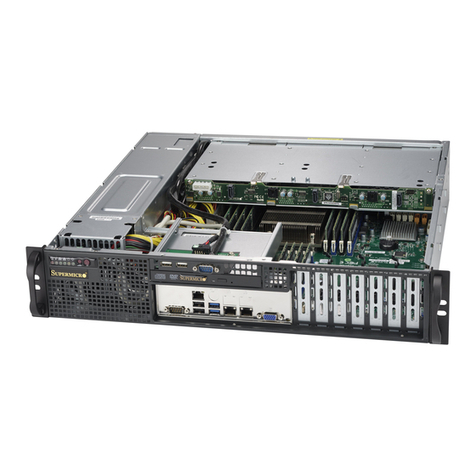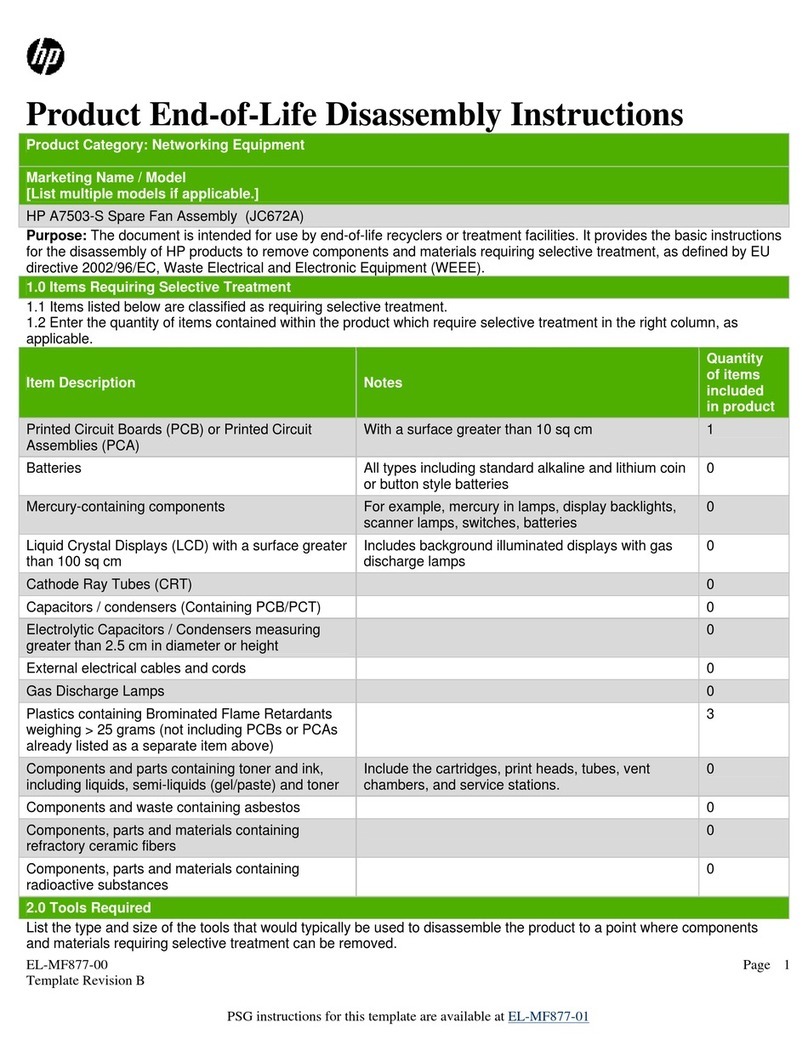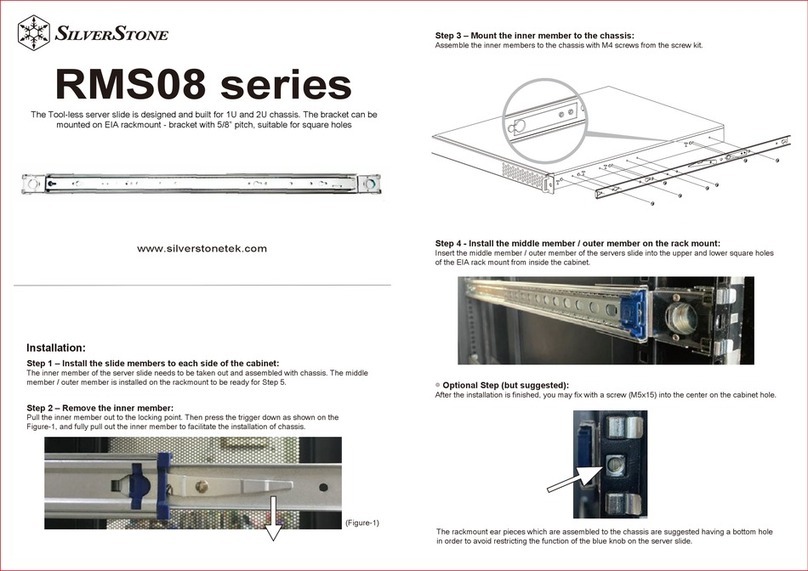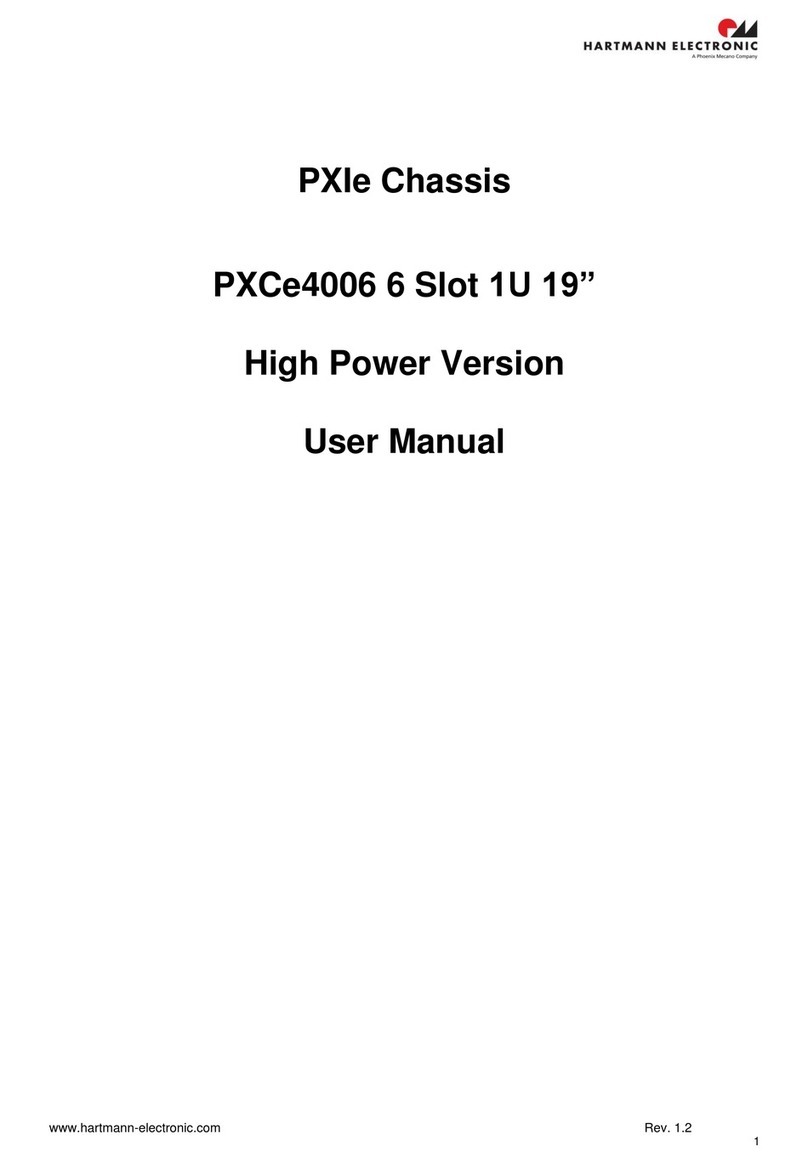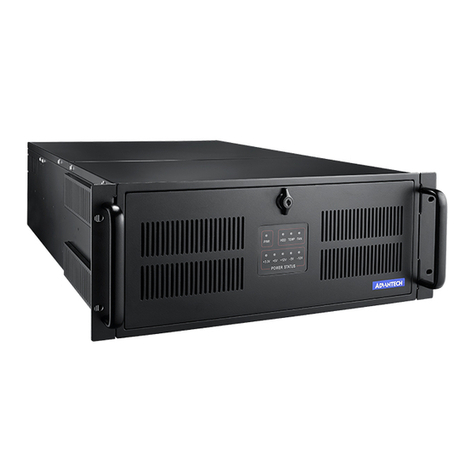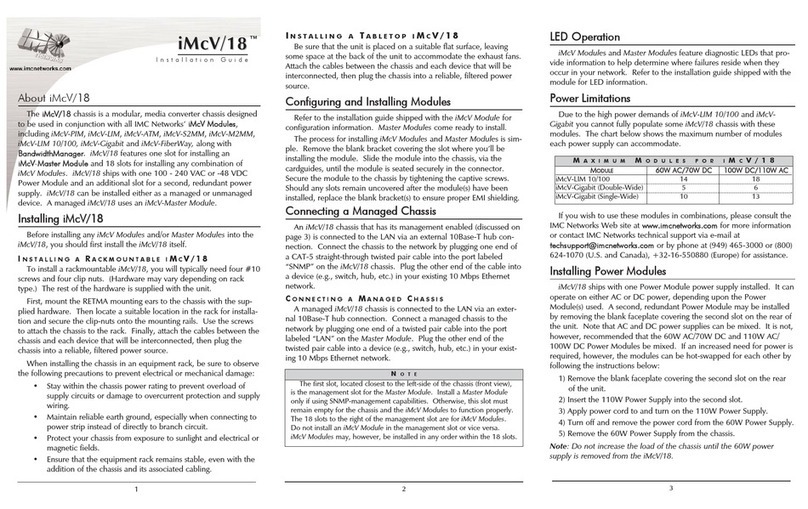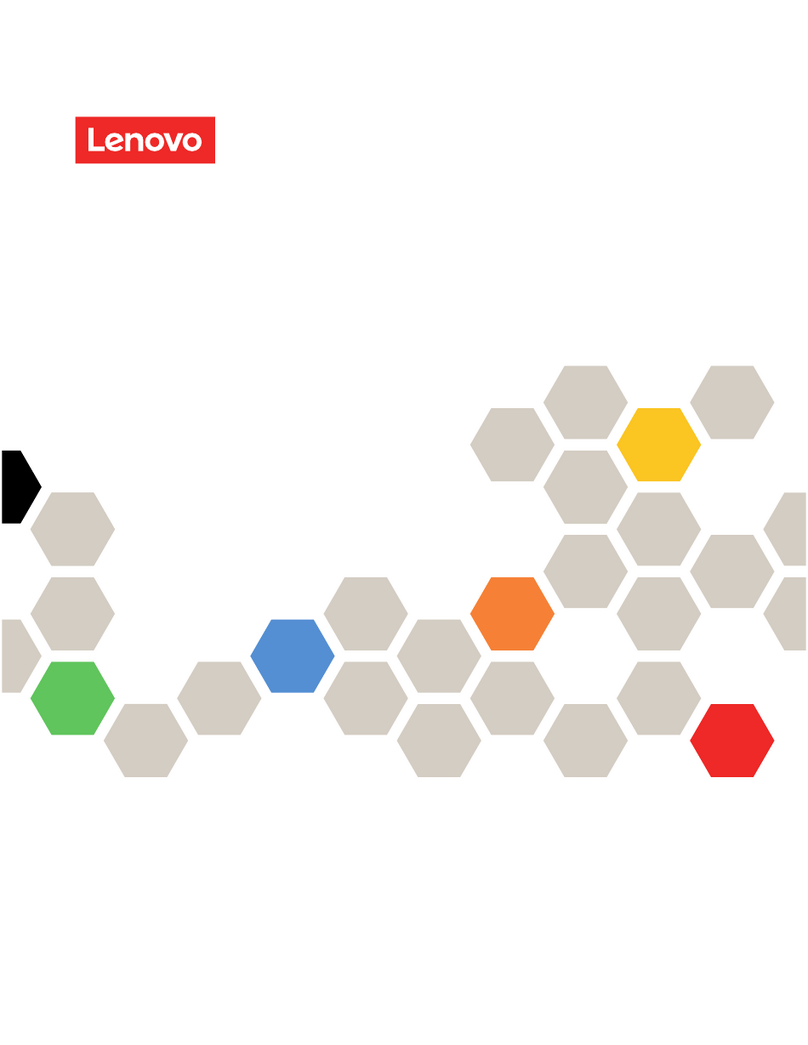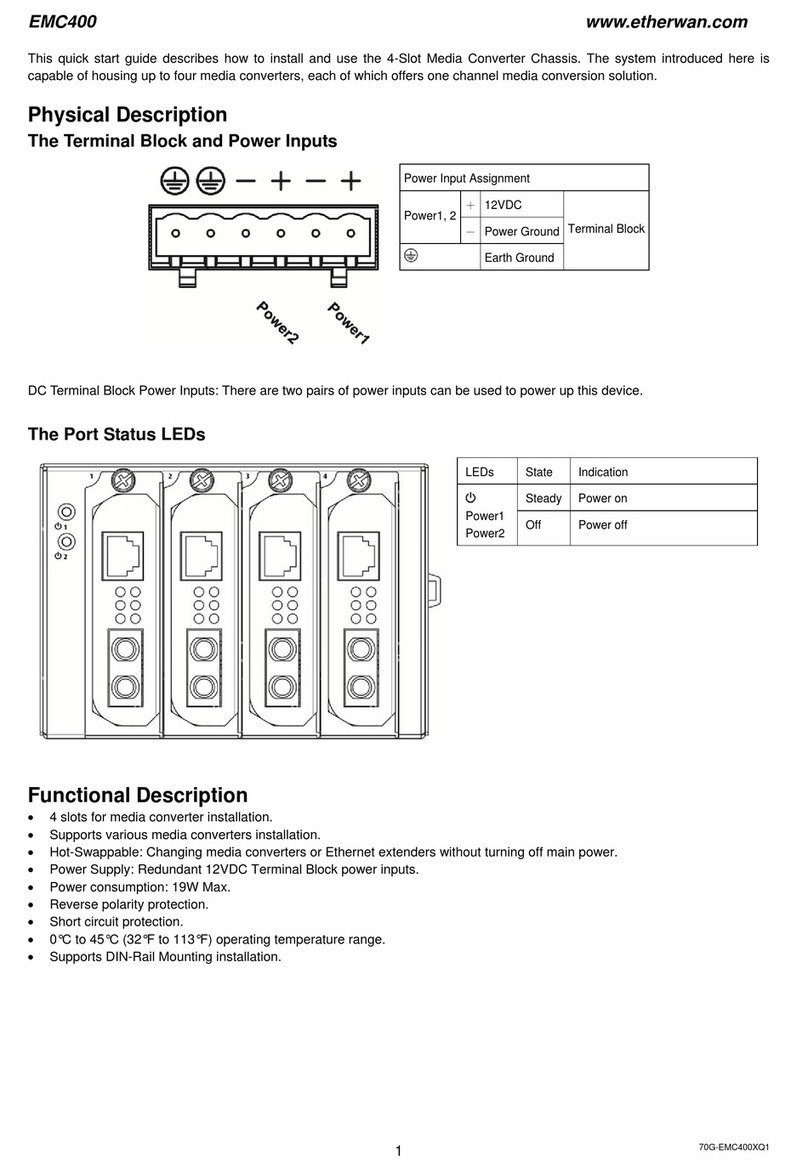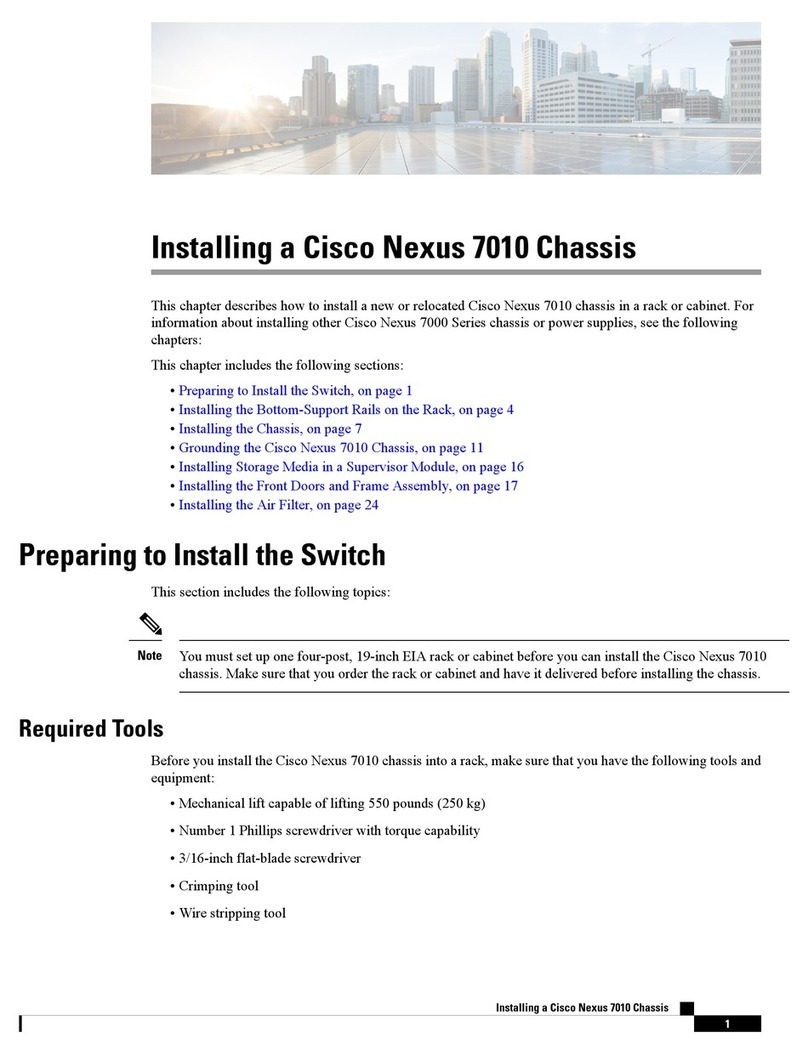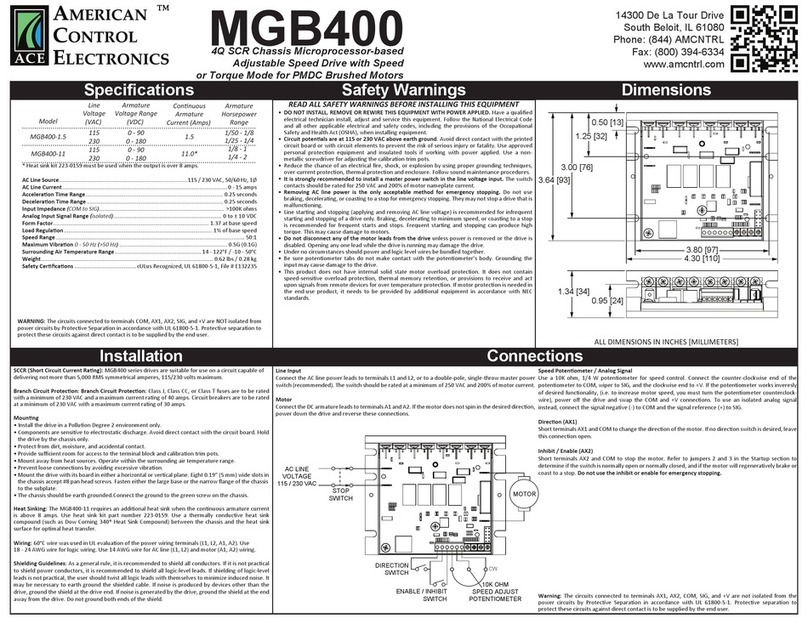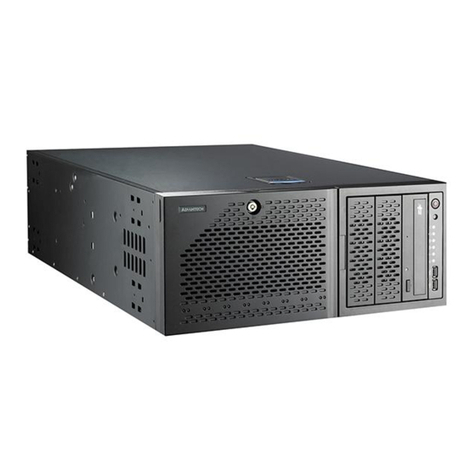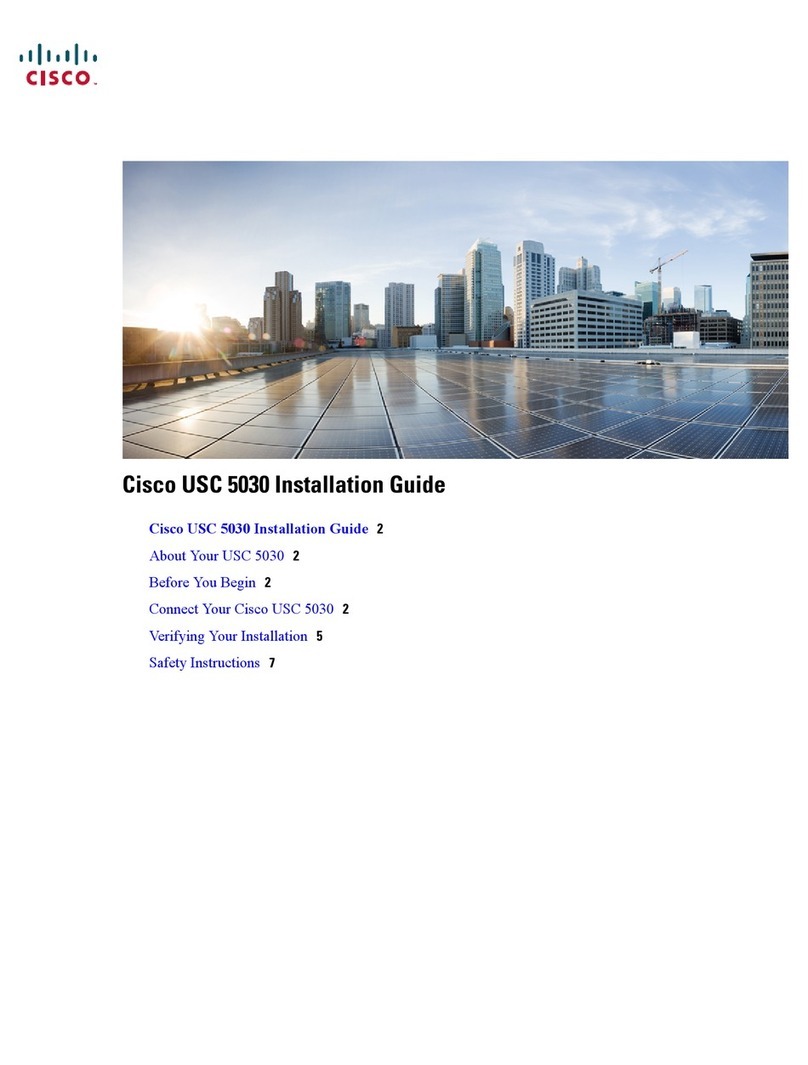
Setting Up the Vertical Stacker 82
Moving the Flat Stacker 84
About the On Edge Stacker (OES) 88
Setting Up the Entrance to the On Edge
Stacker 90
Centering Mail on the On Edge Stacker
Conveyor Belt 94
Adjusting the Belt Speed and Stack Pressure
on the On Edge Stacker 96
Adjusting On Edge Stacker Fingers 100
Adjusting Chassis Material Center Deck
Control Strap 102
Adjusting Chassis Side Guide Control Straps 104
Setting the Chassis Collation Length 105
Setting the Chassis Speed 107
Friction Feeder Mechanical Adjustments 109
Adjusting the Friction Feeder Separator 110
Adjusting the Friction Feeder Side Guides 113
Adjusting the Feeder Pack Control Ramp 116
Rotary Feeder Mechanical Adjustments 118
Using Rotary Feeder Suction Cups 119
Adjusting the Rotary Feeder Side Guide and
Backstop 122
Adjusting the Rotary Feeder Deck Position 124
Setting the Rotary Feeder Feed Deck Angle 126
Adjusting the Rotary Feeder Separator Pins 128
Using the Wedge Accessory on the Rotary
Feeder 131
Using the Jog Function on the Rotary Feeder 133
Booklet Feeder Mechanical Adjustments 137
Changing Out the Booklet Feeder Separator
Assemblies 138
Adjusting the Booklet Feeder Separator Gap 145
Adjusting the Booklet Feeder Side Guides 148
Adjusting the Booklet Feeder Pack Control
Ramp 151
Adjusting the Booklet Feeder Double Detect
Feature 155
Adjusting the Bulk Loader Hopper Deck 158
Adjusting the Bulk Loader Hopper Side
Guides 161
Insert Feeder Software Adjustments 163
Enabling and Disabling Feeders 164
Document Information 165
Setting Feeder Feed Modes 169
Setting Backup Feeders (Backup Feed
Mode) 171
Transport Envelope Setup (Xport Setup) 174
Setting Separator Options for Friction
Feeders 175
Recalibrating the Double Detect Feature 177
Adjusting Buffer Upper O-ring Belt Height 178
6 - Job Changeover Guidelines
Job Changeover Guidelines 182
Auto Adjustments - Engine and Chassis 185
Manually Adjusting Engine and Chassis Auto
Settings 187
7 - Running the System
Loading the Envelope Feeder 194
Reloading the Envelope Feeder 196
Loading the Insert Feeders 199
Loading the Booklet Feeder 200
Reloading Insert Feeders (with the system is
running) 201
Removing Finished Mail from the On Edge
Stacker 202
Removing Mail from the Flat Conveyor 205
Pitney Bowes Epic v3.1 (ZVE0) Operator Guide May, 2018 Page vi of 7
